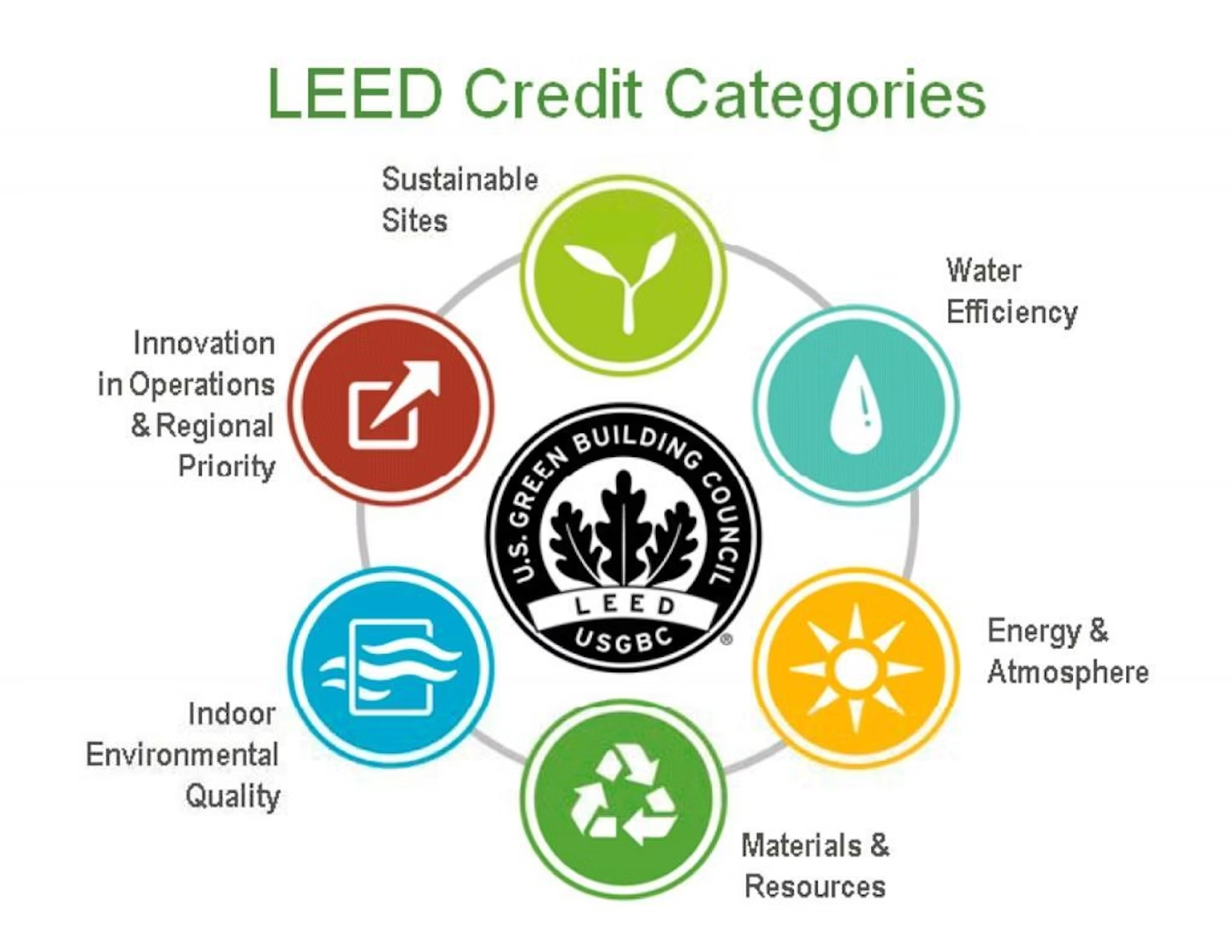
Illuminate
The LightArt Blog

What is LEED Certified?
LEED stands for Leadership in Energy and Environmental Design (LEED), and is a third-party certification system and global standard for green buildings and communities.
Developed by the U.S. Green Building Council (USGBC), LEED is the world’s most widely used green building rating system. It provides the tools for building industry professionals to decrease both the environmental impact and cost of building design, construction, operations, and performance. LEED’s holistic frameworks can be applied to nearly any kind of building project, using various rating systems to ensure that projects prioritize factors such as material selection, human health and comfort, air quality, water conservation, and social equity.

Different kinds of building projects are evaluated for certification according to corresponding rating systems, each with specific criteria. These categories include Building Design and Construction (BD+C), Interior Design and Construction (ID+C), Buildings Operations and Maintenance (O+M), Neighborhood Development (ND), Homes, and Cities and Communities.
Projects are evaluated for LEED certification through a system of prerequisites, credits, and points. They must first satisfy all prerequisites as a baseline requirement. Projects then earn points by meeting credit specifications, each of which has a point value, across several categories. In order to qualify for LEED certification, most building projects must fulfill requirements and accrue credits in the following areas: integrative process, location and transportation, sustainable sites, water, energy, materials and resources, and indoor environmental quality. For example, credits could include provisions for rainwater management, alternative-fuel stations, or use of renewable materials. Based on the total number of points earned, a project may qualify for one of four rating levels. Certified requires 40-49 points, Silver requires 50-59 points, Gold requires 60-79 points, and Platinum requires 80 or more points.

The Green Building Certification Institute (GBCI) is the only body authorized to regulate LEED. It conducts third-party reviews to make sure that projects are in compliance with the LEED rating system. The GCBI maintains Personnel Certification accreditation from the American National Standards Institute (ANSI), which ensures that it meets rigorous standards as a certifier. The USGBC does not certify LEED projects. Rather, its role is to develop LEED’s standards, reference guides, rating systems, and educational programs. LEED certification is intended for building projects only—products and services are not eligible, but they may qualify for credits within a building project.
To learn more about how LightArt products can help with your LEED building, contact us at info@lightart.com.
